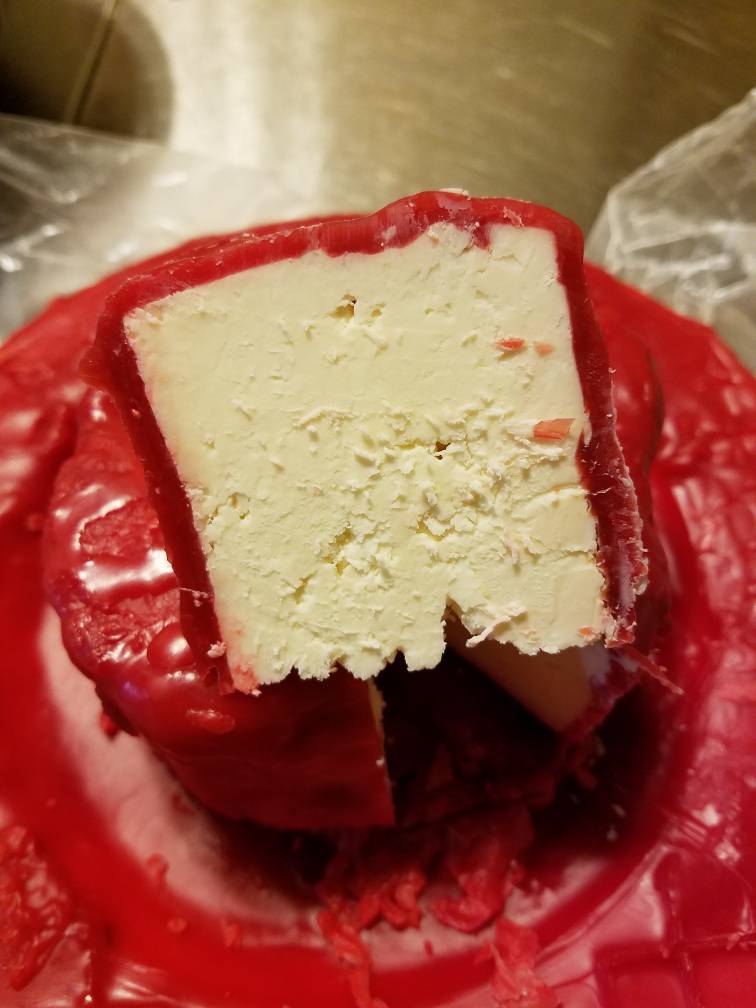My first hard cheese was a gouda I made a few months ago. Tried it tonight and while the flavor was young and unimpressive, my main concern was a few moldy spots under the wax. I cut them away fine, but if I want to age the other chunks longer, I fear they'll all be moldy.
For one, it was a major b*tch to wax every crevice and lump the first time, probably why it didn't seal well. Any ideas? Should I open them to check then re-wax it?
For one, it was a major b*tch to wax every crevice and lump the first time, probably why it didn't seal well. Any ideas? Should I open them to check then re-wax it?




